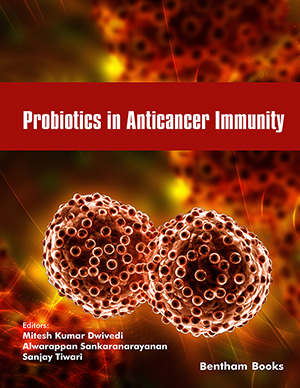Abstract
Tubulin is the target for an ever increasing number of unusual peptides and depsipeptides that were originally isolated from a wide variety of organisms. Since tubulin is the major component of cellular microtubules, which maintain cell shape in interphase and form the mitotic spindle, most of these compounds are highly toxic to mammalian cells. These peptides and depsipeptides disrupt cellular microtubules and prevent formation of a functional spindle, resulting in the accumulation of cultured cells in the G2 / M phase of the cell cycle through specific inhibition of mitosis. At the biochemical level, the compounds all inhibit the assembly of tubulin into polymer and, in the cases where it has been studied, strongly suppress microtubule dynamics at low concentrations. In most cases the peptides and depsipeptides inhibit the binding of vinblastine and vincristine to tubulin in a noncompetitive manner, inhibit tubulin-dependent GTP hydrolysis, and interfere with nucleotide turnover at the exchangeable GTP site on β-tubulin. Most of the peptides and depsipeptides induce tubulin to form oligomers of aberrant morphology, including tubulin rings that vary in diameter depending on the (depsi) peptide under study. The purpose of this review is to give an overview of the cellular, biochemical, in vivo, and SAR aspects of this group of compounds. We also summarize initial efforts by computer modeling to decipher a pharmacophore among the diverse structures of these peptides and depsipeptides.
Keywords: Tubulin, anti Inflammatory activity, Colchicines, anthelmintic properties, Benzimidazoles, ntineoplastic use, Catharanthus, PHOMOPSINS, USTILOXINS, Phomopsis leptostomiformis
 20
20

















